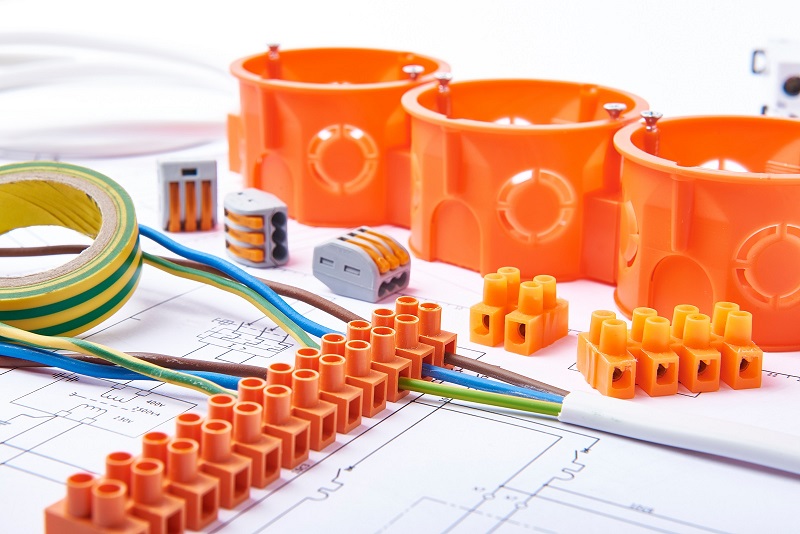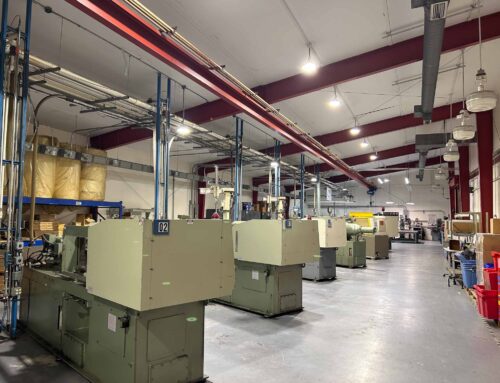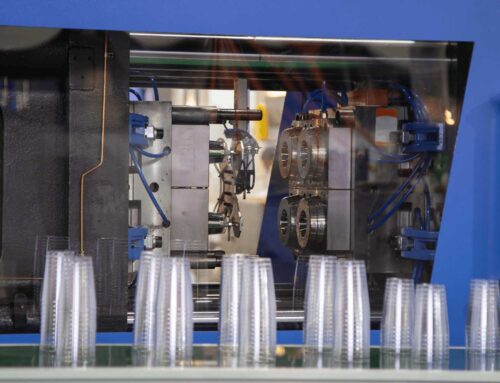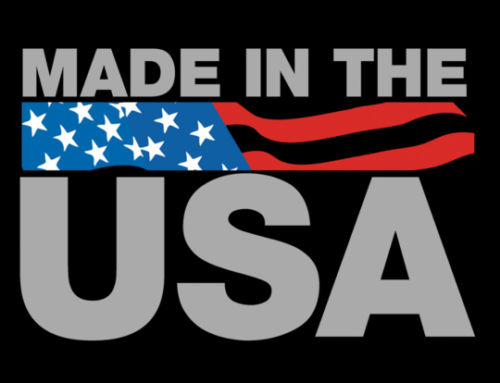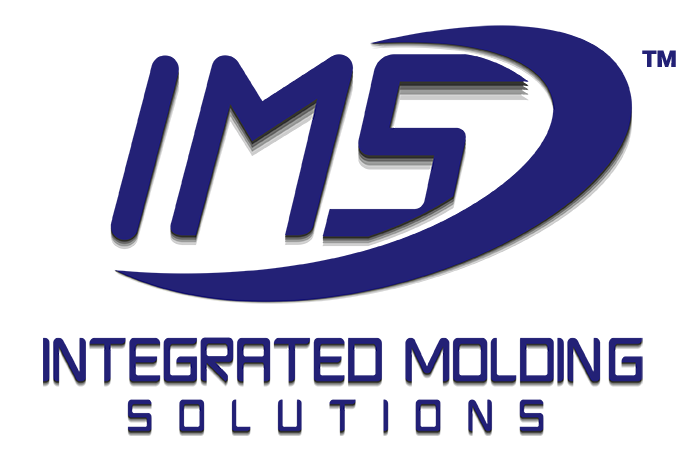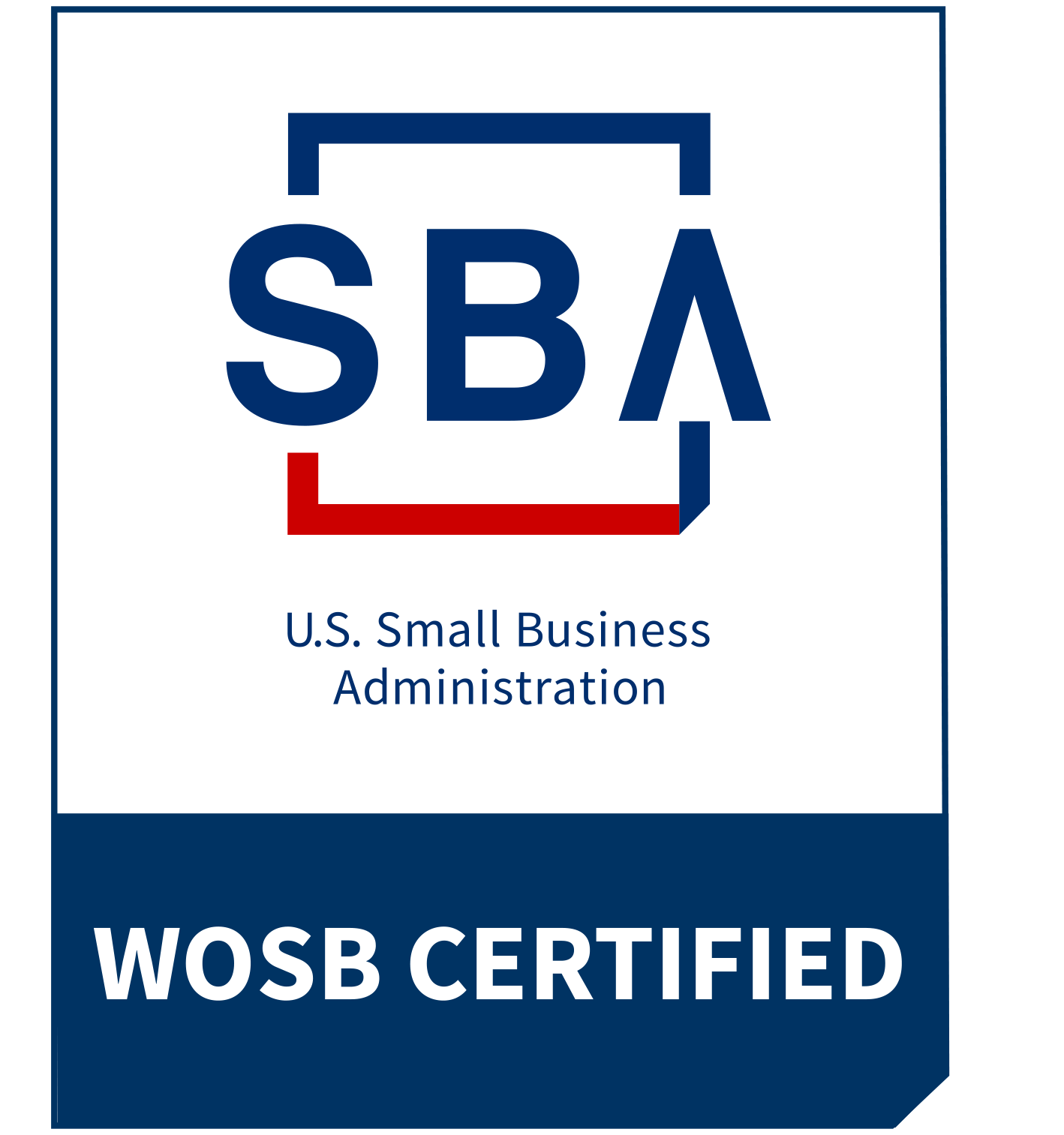An Introduction to Plastic Injection Molding.
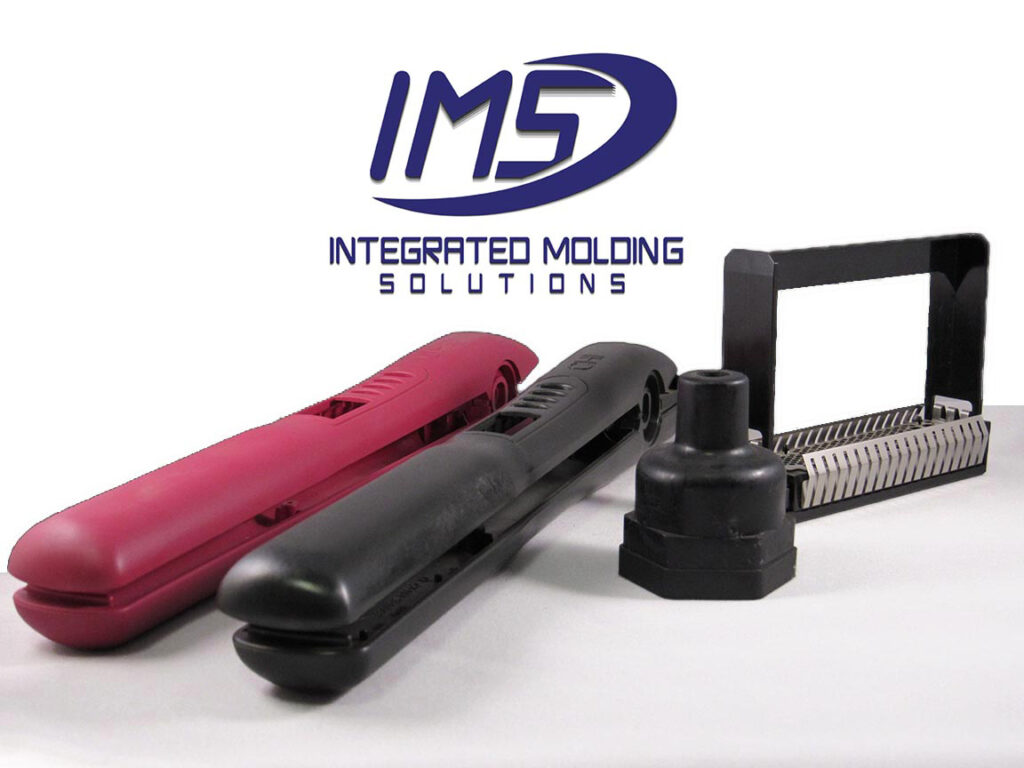
Plastic injection molding is a technique where manufacturers melt thermoplastic resin (plastic pellets), inject the molten plastic into a high-pressure mold, and then rapidly cool the mold to keep its shape. It is responsible for mass-producing millions of products across countless industries. Most molding services, like Integrated Molding Solutions, utilize this technology to produce high-quality plastic components.
With 2 decades of experience, IMS offers help with any and everything plastic. From CAD design to material selection, 3d printing prototypes, manufacturing molds, injection molding, tooling services, and parts assembly, IMS is the right choice to take you from idea to production regardless of industry – especially for companies looking for molding services for the first time.
The history behind injection molding.
Injection molding was invented as an alternative to producing billiard balls from elephant tusks and saving their population. Instead of them being sculpted out of ivory tusks, John Wesley Hyatt patented the process of celluloid billiard balls in 1869 – which became the birth of plastic injection molding! He and his brother Isiah Hyatt treated nitrate cellulose with camphor and alcohol to give the balls a natural texture, like ivory or tortoiseshell, when molded along with gum shellac and other fibrous materials, into the vital piece for a game of pool. Since the invention of celluloid billiard balls, their patented injection molding process has been used to create a wide range of some of the most useful products.
Plastic Injection Molding Process
The process for injection molding involves 6 steps: clamping, injection, holding, cooling, mold opening, and ejection.
Clamping: molds are usually fabricated into two clamshell-like pieces of metal that fit inside of a machine press. This represents the injection mold design. Molds have differing clamping pressure requirements depending on part size and geometry, material properties, and physical mold size. It is important to select the right size and tonnage (clamping pressure) of the molding machine based on these requirements.
Injection: The injection step begins when the mold, mounted to the molding machine, is closed and the plastic pellets / resin have begun melting into a liquid plastic material. Most injection machines evenly melt the plastic resin by the rotation of a screw inside of the barrel. The screw then acts as a syringe, injecting the molten plastic into the cavity. The injection molding machine monitors various parameters, including injection speed and pressure, holding pressure, clamping force, and cooling cycle time while parts are produced. To improve the part quality and reduce cycle time, process engineers and technicians adjust these parameters.
Holding: the act of increasing injection pressure to fill the injection mold. This is where pressure is applied to the injection to fully fill the cavity.
Cooling: Water, oil, or a mixture of water and glycol, based on material temp, is distributed through the mold to cool the plastic product down. The water removes heat from the injection molded plastic while the the glycol would be mixed with the water only if the water temp will be close or slightly over water’s boiling point (212F). Hot oil is used when mold temp is even higher than that. No one wants the material to shrink or deform, so even and proper cooling is important here.
Mold Opening: The molding machine releases clamping pressure and separates the two mold halves to allow the molded part to be released.
Ejection: The ejector plate pushes ejector pins which carefully push the product out of the mold cavity. We then recycle any waste for processing into recycled plastic pellets for the next injection molding project.
Here at Integrated Molding Solutions, we go the extra mile in plastic fabrication by offering services beyond the 6 step process. After the part is ejected from the injection mold, the product or plastic part is carefully inspected and packaged for shipping. We also offer parts assembly to assemble any pieces, UV bonding to improve the component’s adhesive, and various finishing services like reducing sink marks, pad printing, or painting to provide a custom surface finish.
Products Made From Plastic Injection Molding
Integrated Molding Solutions has produced a large variety of products with plastic injection molding. We have created parts for consumer use and across multiple industries, ranging from electronics to automotive plastics, and micro components to large functional pieces. The steps taken to manufacture parts out of plastic material, from using FDA-compliant material to practicing cost-efficient shipping, are key to manufacturing in mass with high precision.
Electronics
Plastic has been used over the past few decades for electronic components due to its ability to insulate electricity. From circuit boards, conduit pipes, plastic enclosures, and cases, to hardware, all of these plastic parts can be produced by injection molding. Two important capabilities are required for electronic plastic injection molding, material selection, and precision molding. Integrated Molding Solutions has the knowledge and experience, to recommend and provide the required thermoplastic resin or additives such as anti-static, flame retardant, such as ULV-0 self-extinguishing additives, to achieve your product’s specs. Additionally, we have the insert molding machines able to meet tight tolerances perfect for microchips or computer accessories.
Automotive
Around the 1940s, the automotive industry began experimenting with plastic molding as a mechanism for automotive parts to counter the heavy weight of cars made entirely of metal. By the 1980s, manufacturers developed decorative and functional parts from plastic injection molding components. By the beginning of the 2000s, plastic became the component for structuring most cars. The most common and notable parts in the automotive industry are interior design, radio controls, air ducts, cup holders, dashboards, light housings, oil pans, mirror holders, and seatbelt buckles. There are many benefits to using molded parts, including the ability to create resin additives to achieve different product capabilities. For instance, at IMS, we use glass-filled nylon in certain car parts to provide the same performance, under high temperatures, as aluminum, but for a much cheaper cost.
Consumer
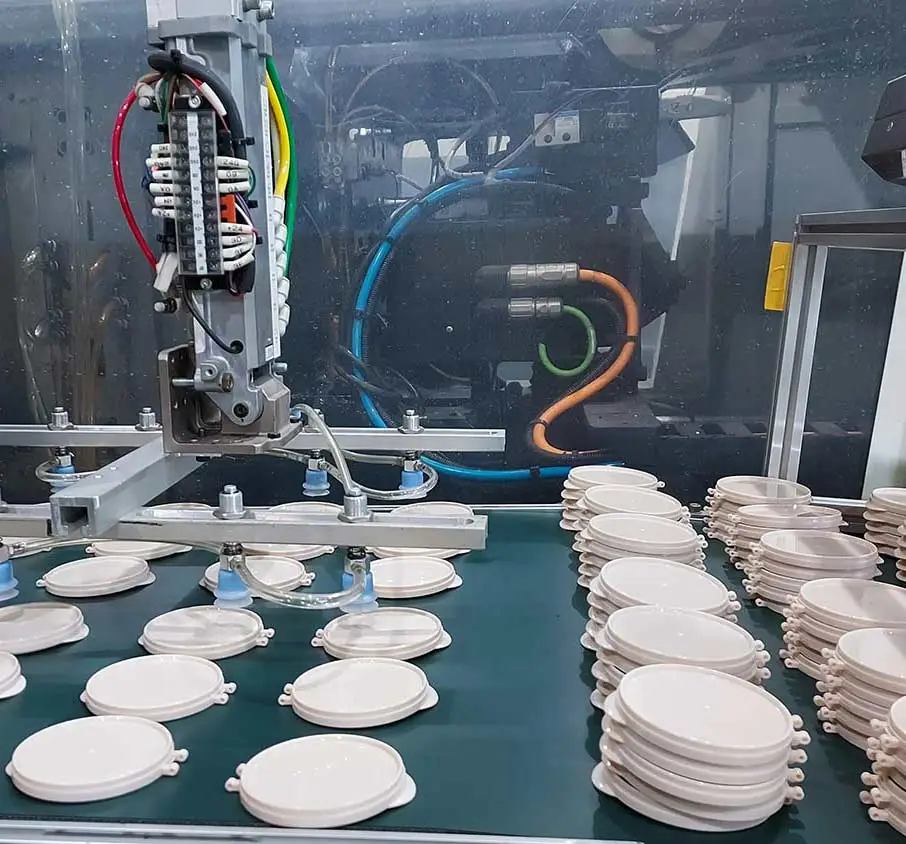 There are numerous products that classify as consumer goods that are manufactured by plastic injection molding. Plastic products provide cheaper alternatives while allowing custom material combinations to provide a wide range of attributes including water-resistant, heat-resistant, FDA-compliant, anti-static, and more! This material customization allows us to make many different plastic products, each with its own unique characteristics. From patio furniture that needs to be weather-resistant, to cookware and serve ware made with FDA-compliant resin, plastic injection molding can be found everywhere. Other types of consumer products are all over the beverage industry. From bottle caps and bottles, to cooling and insulation sleeves for drinkware are all made from the injection molding process.
There are numerous products that classify as consumer goods that are manufactured by plastic injection molding. Plastic products provide cheaper alternatives while allowing custom material combinations to provide a wide range of attributes including water-resistant, heat-resistant, FDA-compliant, anti-static, and more! This material customization allows us to make many different plastic products, each with its own unique characteristics. From patio furniture that needs to be weather-resistant, to cookware and serve ware made with FDA-compliant resin, plastic injection molding can be found everywhere. Other types of consumer products are all over the beverage industry. From bottle caps and bottles, to cooling and insulation sleeves for drinkware are all made from the injection molding process.
Aviation/Aerospace
Did you know that most aircraft components had a dire need of replacing their metal material with plastic to reduce weight and increase durability? As a result, there has been an influx of plastic molding in the aerospace industry, from interior design paneling to functional components like compartments, buttons, tray tables, and cabin doors.
Healthcare

There are a wide variety of plastics used in the healthcare industry that are made from plastic injection molding. The casings for most of the monitors used in multiple industries, like healthcare, use the same method. Think all the way down to the bone of common hospital equipment and supplies, including medical devices that handle diagnostics, drug delivery services, and nutrition. IMS is expanding more into the healthcare industry with our knowledge and expertise in material selection and manufacturing injection molded parts with tight tolerances.
IMS Plastic Injection Molding Services
Integrated Molding Solutions is a plastic manufacturing factory in Houston, Texas. Besides plastic injection molding, some additional services we offer in the plastic manufacturing process are 3D printing, tooling, and parts assembly. Our plastic experts will take you through every step of the way through concept, design, prototype, mold manufacturing, plastic part production, parts assembly, surface finishing, a thorough inspection, and shipping. When it comes to the injection molding process, Integrated Molding Solutions is your ultimate resource for plastics manufacturing.

